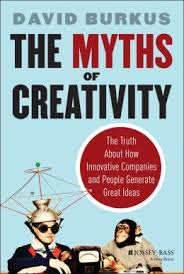On "Customer Experience: How To Manage What You Don’t Own"
This article by Erik Long & Will Carter resonates because many businesses today rely on a complex web of external partnerships to deliver value for the customer. While external partnerships are often not within an organization’s direct control, certainly they can be influenced – and they must be – as they are part of the ecosystem delivering on the organization’s brand promise.
The CMO.com article Customer Experience: How to Manage What You Don’t Own shares insights and tips that leaders can apply across all aspects of business, from marketing to human resources, to improve the customer experience. Read it now.
What actions are you taking to identify and influence your company’s unowned touch points? What tools have you used like journey mapping? What other tools do you use to capture and understand your customers’ experience?
Comment below! Or pose a question via Ask Mariposa.
MORE
